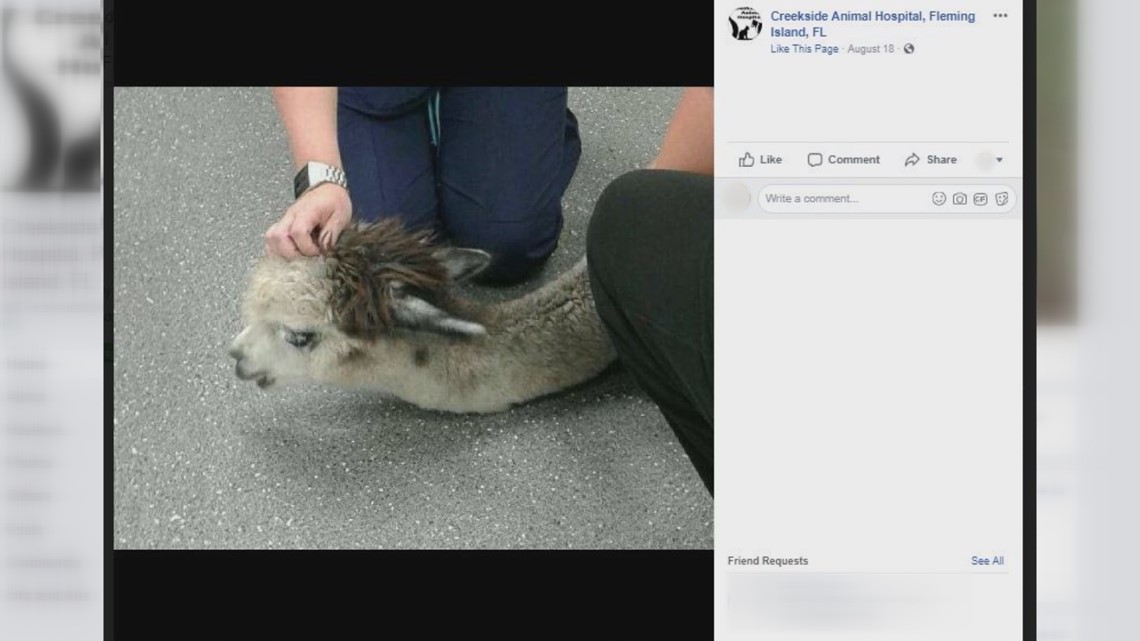When NAS Jax unveiled its water reuse plan in 1997, it was hailed as a new age of environmental responsibility. The Navy would convert base wastewater into something useful – irrigation for the adjacent Timuquana Country Club – and at the same time, limit its own discharge to the St. Johns River.
The term “win-win” was still fresh in 1997 -- and the plan certainly qualified. In October 2015, when the base finally eliminated all fluid discharges to the river, the announcement was greeted with ribbon cuttings and speeches by local dignitaries.


“This significant achievement was the direct result of our station’s long-term environmental partnerships with multiple players from the state, city and civic organizations,” NAS Jacksonville Commanding Officer Capt. Howard Wanamaker said at a base celebration attended by Mayor Lenny Curry and Congressman Ander Crenshaw. “All focused on the common goal of improving the water quality of the St. Johns River.”
But the reuse water system is at the heart of an environmental concern that is just starting to come into focus. That’s because the base’s wastewater treatment plant processed more than just sewage. It also pulled water from a pond where the Navy disposed of firefighting foam.


That foam, which was used extensively in firefighting training exercises, contains perfluoroalkyl compounds dubbed “forever chemicals”: persistent, hazardous and unpredictable in the extreme.
Though the manmade chemicals have been known toxins since the 1970s and are linked to a raft of cancers and birth defects, they remain unregulated by the Environmental Protection Agency. (In 2016, EPA issued a “lifetime health advisory,” but did not set regulatory limits.)
Lawsuits and voluntary cessation ended production of the original forms of the chemicals, known as PFOS and PFOA, and the Naval base stopped using the foam in 2003. But the pollution persists.
Because of the base’s water reuse system, what might have been a contained problem was broadcast widely. Water from the foam disposal site was mixed with sewage at the base wastewater treatment plant, treated into "gray water," then pumped to a pond at the Timuquana Country Club, where it was used for irrigation. (Country club officials did not return a call for comment Monday.)
The sewage treatment process did not address the chemical contamination. In fact, cleaning up PFOS and PFOA is an intractable problem nationwide – and one NAS Jax has not begun to address. Currently, it’s focused on finding the footprint of the problem.


The country club grounds were slated to be tested Monday. The foam disposal pond on base had chemical concentrations of 1,397,120 parts per trillion, compared to the EPA lifetime advisory levels of 70 parts per trillion for drinking water. There is no indication that the higher levels reached the golf course, but the Navy has begun testing wells of residents who live downrange of the country club.
Navy officials have identified 24 private groundwater wells that may have been affected and is in the process of testing them for contamination. Results are expected in September.


Adrienne Wilson of the Naval Facilities Engineering Command (NAVFAC) told reporters that the agency is still in a fact-finding phase. “I wouldn’t say ‘concerned.’ We don’t know. So, until we sample those wells and find out some information, we’ll find out from there.”

